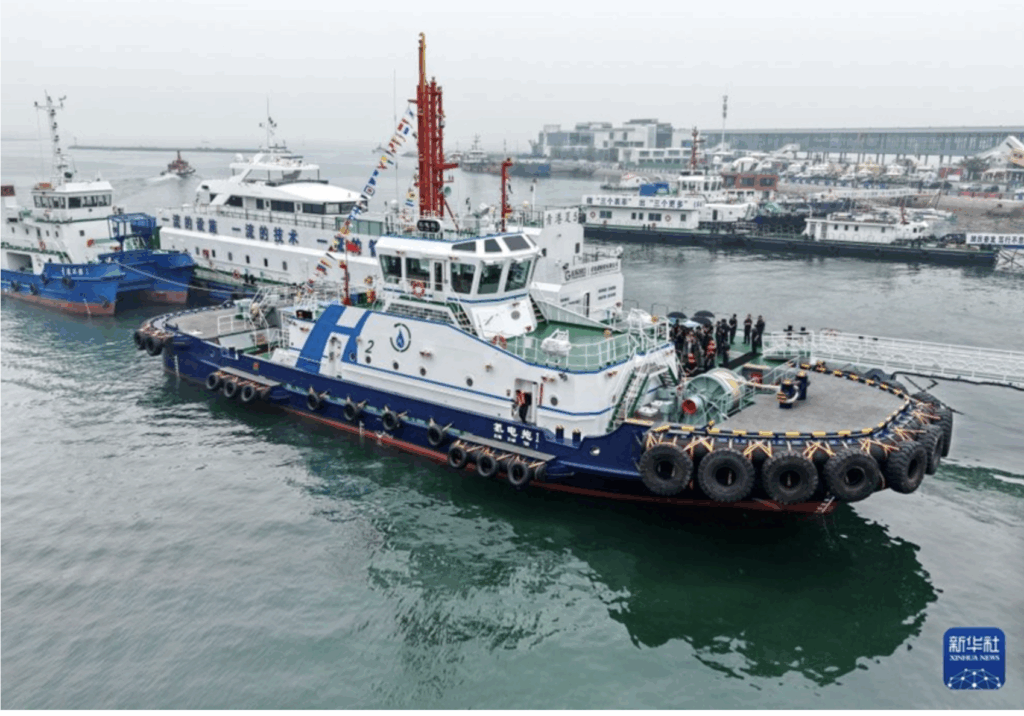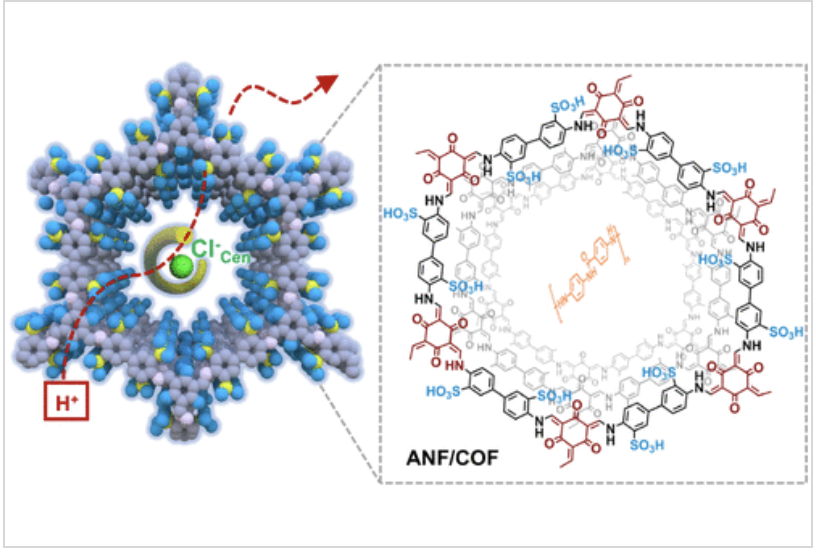http://j.people.com.cn/n3/2024/0614/c95952-20181438.html
China’s first fully hydrogen energy port will be built in Qingdao, and the groundbreaking event was held on the 12th of June.
The Shandong Port will use Qingdao Port to establish three systems: port hydrogen supply, high-efficiency hydrogen filling, and hydrogen use safety management and control.
In addition to hydrogen energy container trucks, Qingdao Port has also introduced hydrogen energy into automated wharf applications, using hydrogen energy to power automated rail-mounted gantry cranes. In 2022, Qingdao Port completed China’s first fully qualified port hydrogen station in just three months. The station’s daily hydrogen filling capacity is more than 1,000 kilograms, and the hydrogen station’s cumulative hydrogen filling volume has exceeded 80 tons, reducing carbon emissions by more than 1,000 tons.




